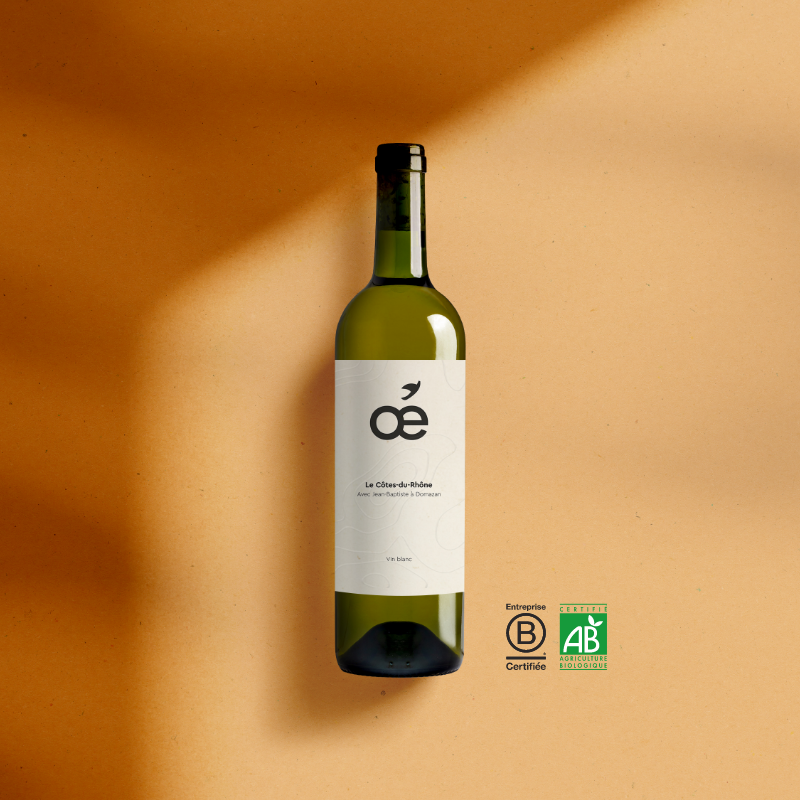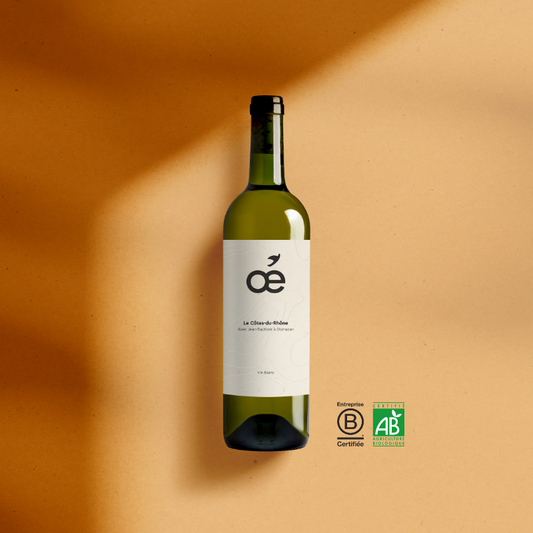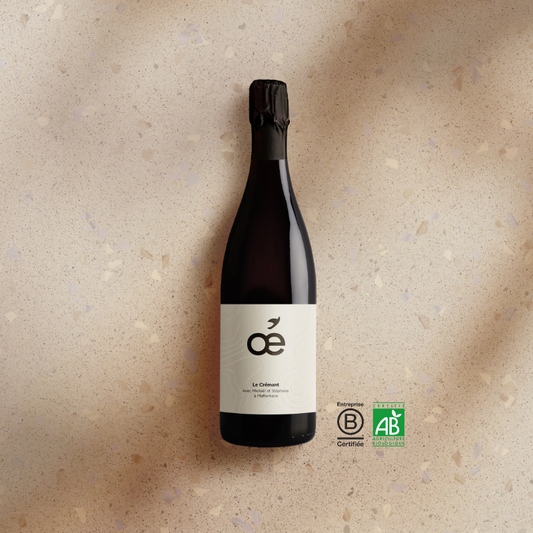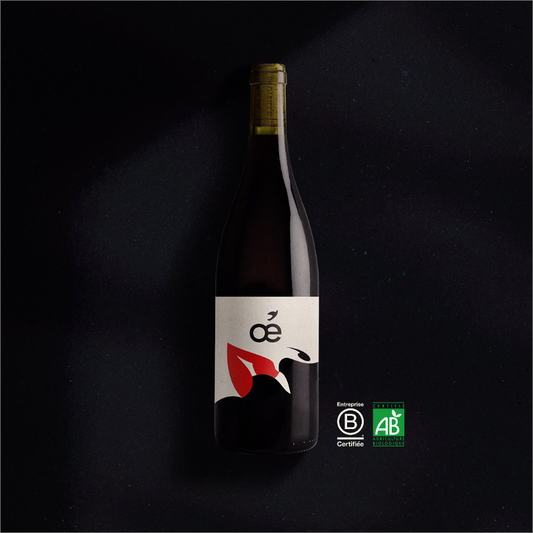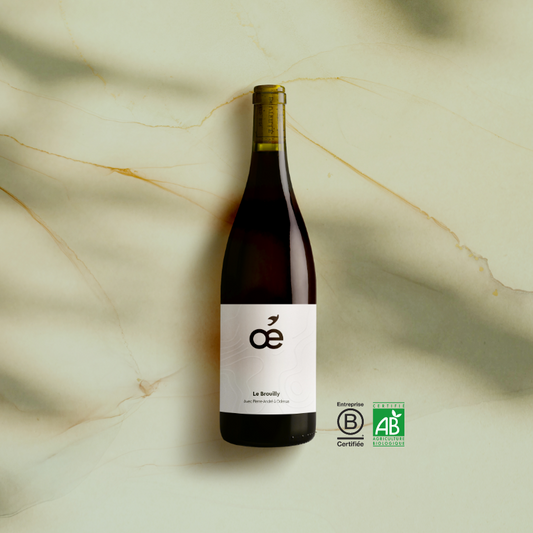Her legs are very beautiful, slender and fall well.. don't worry, we're going to talk about wines ;-)
Legs and tears come together in your glass, but not with all wines. These two terms refer to the same thing : the traces left by the wine on the side of the glass. To observe them, simply swirl the wine in your glass and watch the beautiful legs of your wine. If there is!
Depending on their shape and adhesion, these tears can be considered fluid, greasy, thick, runny, viscous or even glycerinated.
What do the tears of wine mean?
The tears indicate the degree of alcohol and the amount of sugar. The more tears, the more alcohol or sugar in your drink. The quality of the wine therefore has nothing to do with his tears. These are actually the result of the differentiated evaporation of water and alcohol contained in the wine.
Wines from regions with strong sunlight have more tears than others. To have a point of comparison, you can serve yourself a glass of water and a glass of rum. The difference is glaring!
The wine glass is also an important factor in the appearance and shape of tears. A rough glass or one with microscopic dust — coming from the cloth to dry them for example — will retain tears better than a perfectly smooth glass.
The degree of alcohol
It is not because you guess that a wine is rather alcoholic, that this alcohol will necessarily be strong in the mouth. Other components can balance this very well (acidity, tannins, etc.). Among the wines that box in the category of more than 14° of alcohol, the best compensate by also offering a strong acidity and a beautiful tannic structure. Thus, these wines will not burn your throat, but will seem strangely… balanced.
